This post has been brought to you by Vento di Mare. All opinions expressed are my own. The following message is intended for those 21+. Please enjoy responsibly.
Today we're reviewing a trio of bottles from Sicily, courtesy of Vento di Mare.
We'll start off by covering some of the region's basics, such as the island's wine producing history, the local climate, and what makes Sicily 'tick' in terms of wine, and then we'll dive into the real reason you're all here - tastings and pairings.
The Where - Sicily
In the world of wine, 'terroir' is an encompassing term denoting a region's soil, climate, and topography as judged by its ability to produce wine. Generally, there are considered to be three terroirs that are without peer anywhere in the world. Known unofficially as the 'Three Great Terroirs,' these are, in order of prestige, value, and production quantity - France, Italy, and Spain.
While one might argue that Greece and California have equally 'great' or even 'greater' terroir, or that there's nothing about Spain's terroir that isn't matched or surpassed by that of Argentina's, the quality (as judged by critical acclaim), quantity, history, and (king of all) consumer preference for the wines produced in France, Italy, and Spain are simply without peer. And there's no indication that this is going to change at any time in the foreseeable future.
With that in mind, today's bottles come to us from Sicily, which is Italy's largest administrative region (being just a few hundred kilometers larger than Piedmont), as well as the largest island in the Mediterranean.
Sicily is also perhaps one of Italy's most overlooked viticultural areas.
Greeks, Carthaginians, and Romans all at one time or another dominated Sicily, and all three of these civilizations placed high commercial and cultural value on their wine - especially the Romans. For the Romans, wine was arguably their most valuable trade commodity. As such, it should come as no surprise, therefore, that Sicily has a viticultural history stretching back some three-thousand years.
However, Sicily's prestige in the winemaking arena is comparable to Spain's in that despite its long history of winemaking, a combination of political, historic, economic, and even geopolitical forces have combined to deny the region the prestige it might otherwise enjoy. In Spain's case, it was the tumult of the 20th century that did 'most' of the damage, in the case of Sicily, the region's issues stretch back hundreds of years, with the island constantly trading hands between local warlords, knightly orders, and regional superpowers well into the pinnacle years of the Renaissance. This constant warfare denied Sicily a share of the economic and cultural rebirth that the Renaissance brought to the Italian mainland, only to later find itself at the center of the chaos that characterized the first half of the 20th century.
This, again, brings us to the comparison with Spain. Well into the 18th century, the Spanish Crown stubbornly refused to embrace agricultural industrialization, while the Spanish Civil War saw the deliberate razing of vineyards, which was promptly followed by the closure of markets during the Second World War. Consider, now, that Sicily was part of Spain (almost without interruption) well into the 19th century starting in 1554, rule that was interrupted solely by horrendously bloody wars that saw the devastation of the Italian and Sicilian countryside; vineyards included. The most notable of these conflicts being the War of Spanish Succession and the Peninsular War. Sicily was later handed over to the Holy Roman Empire, which placed very little value on wine. Spanish rule and interference on the island finally came to an end following Italy's unification in the late 19th century.
Are you beginning to see the cause for the comparison? Well, the comparison doesn't end there, if you can believe.
Fast forward through the closure of markets and the almost total disruption of trade in the Mediterranean via two world wars, and you might find it in your heart to forgive Spain for focusing on the mass production of 'generic bulk wine' for the sake of generating 'lots of sales very quickly' on the newly reopened international market. Ditto Sicily, whose very nearly perfect weather and landscape (terroir) allowed local growers to focus on producing 'top quality table wines' late into the 20th century. 'Top quality table wines,' however, are still very much 'table wines.'
Like Spain, this focus on 'generic table wine' came at the cost of developing local prestige, recognizable labels, and renowned vineyards. As such, like Spain, Sicily found itself playing a very odd game of catchup at the down of the 21st century, despite having what ought to have been literally thousands of years' worth of a head start on the competition. For reference, only Greece, the home of European winemaking, boasts an older viticultural tradition than Sicily, though Sicily is perhaps the only place on earth with better conditions for the art.
The Bottles - A Showcase
Up first, we'll be sampling Vento's Nerello Mascalese, made with only organic grapes.
Next, we'll be taking a look at their Grillo, also made with organic grapes.
Finally, we'll be sampling their Pinot Grigio, which is - you guessed it - made with only organic grapes.
Aromatics and Tasting - The Review
1) The Nerello Mascalese introduces itself with what I'll describe as a 'sweet' bouquet, with highly fruity aromatics. Think wild strawberries, red plums, and just a hint of tart raspberry in the background. The bouquet matures, however, taking on smokey notes, think toasted oak, and just a hint of forest floor or fresh tobacco leaf, but without the usual 'leather' notes that typically accompany these qualities. On the palate, the wine leans heavily on the fruit from the bouquet, with notes of plum and raspberry laced throughout. Overall, this was a very pleasant bottle that I'll dub 'pleasantly straightforward.'
2) The Grillo opens with citrusy aromatics, set over a pleasant minerality. Aromas of salted lemon and sliced peach combine across a backdrop of wet gravel or slate. On the palate, the wine calls to mind crisp green apple, which is carried on a pleasant acidity. Very refreshing, crisp and clean tasting.
3) The Pinot Grigio features a bouquet of white stone fruit and lemon zest, with aromatics best described otherwise as tropical. The palate is dry and quite citrusy. Overall, this is a bottle that's eminently approachable, being very easy to enjoy.
What to Eat - The Pairings
1) With the Nerello Mascalese I would suggest red sauces with pasta, hardy beef entrees, and roasted lamb, or perhaps lamb served over rice pilaf.
2) The Grillo to my mind is a quintessential appetizer white wine. Pair this with light charcuterie, sharp cheeses served with crusty bread, or perhaps even shrimp cocktails.
3) With the Pinot Grigio I think of things like shellfish, fried tofu served with a spicy dipping sauce, or as an aperitif. For an entrée, think of something like a festive paella, featuring saffron rice tossed with chicken, shrimp, and pork.
0
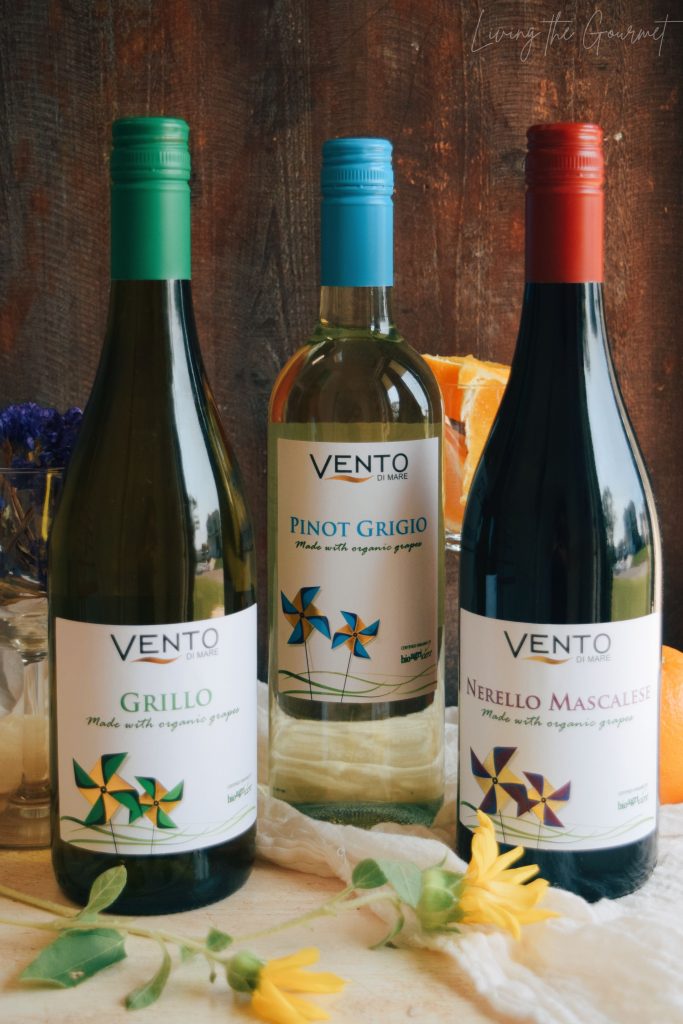
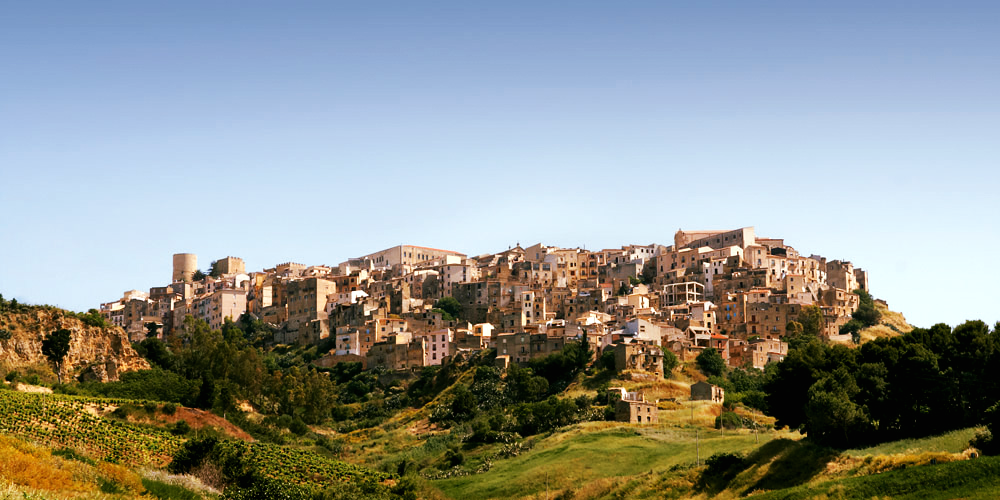
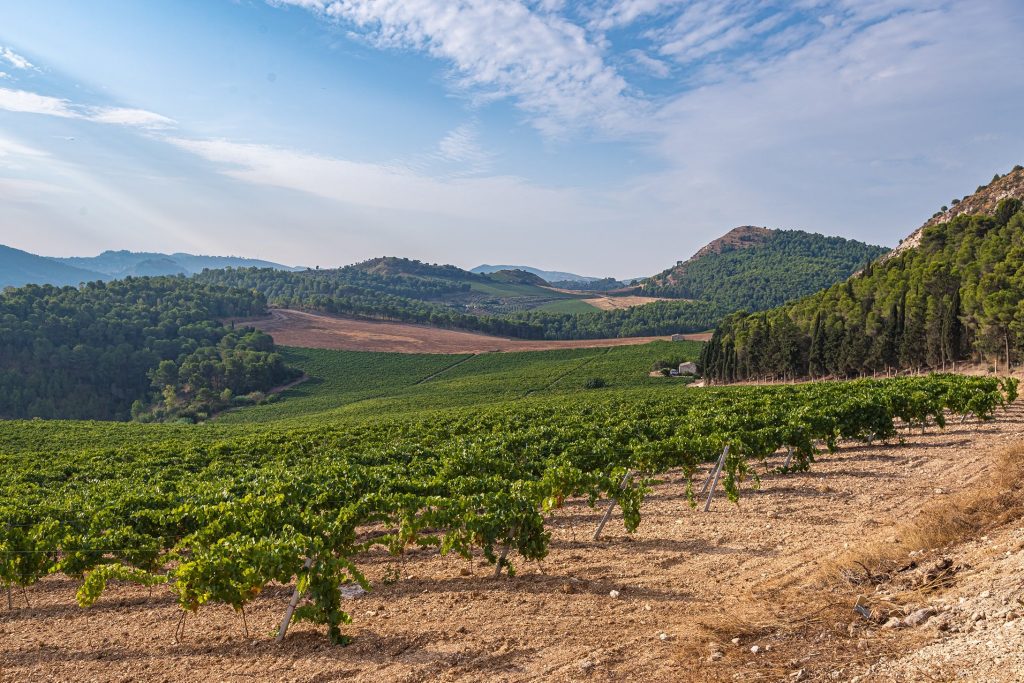
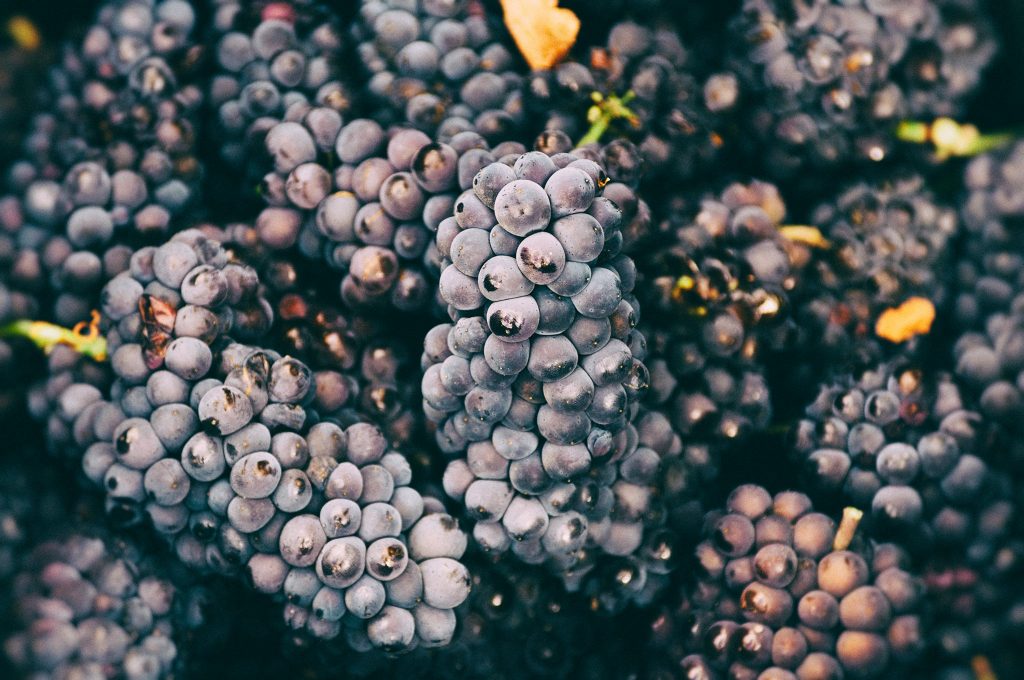
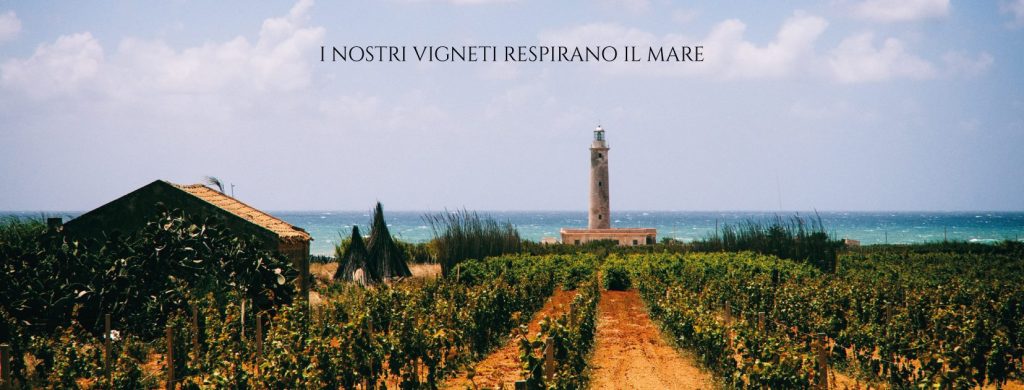

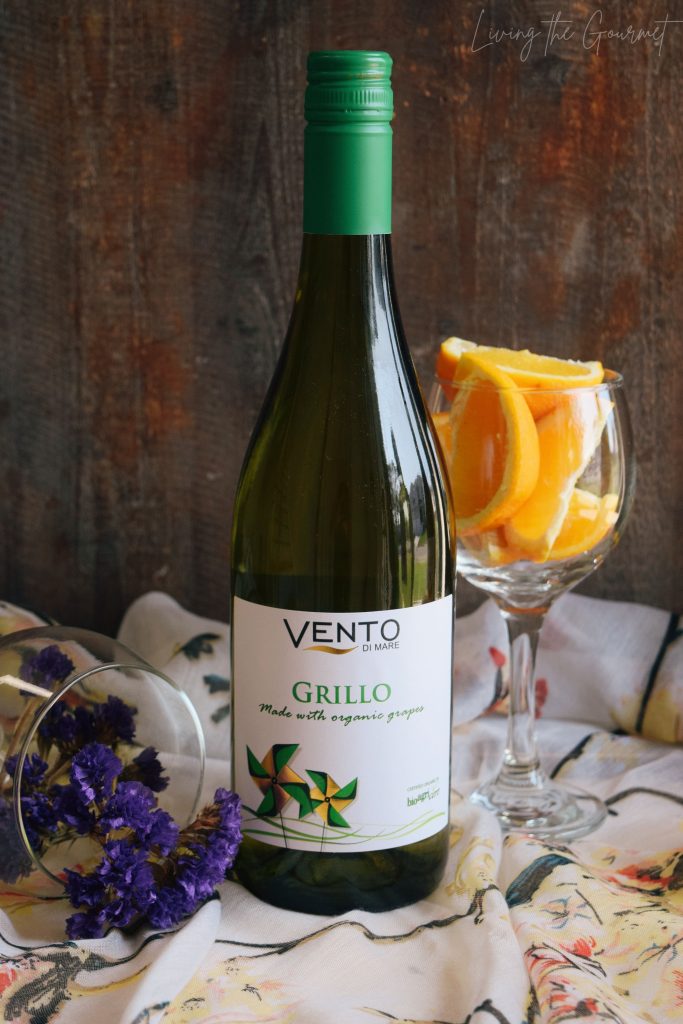
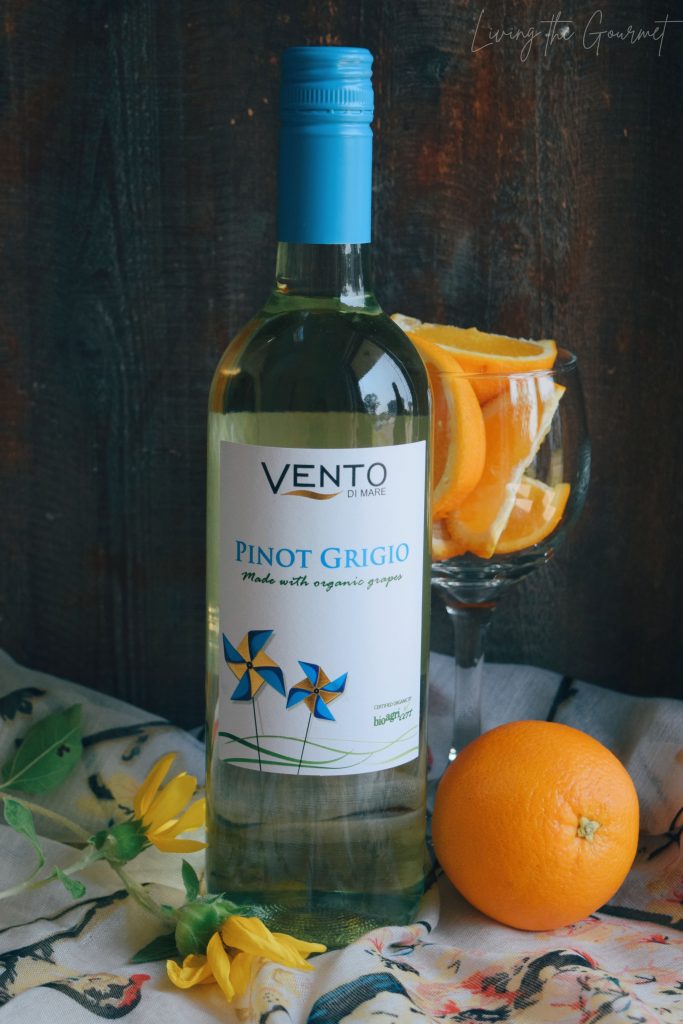
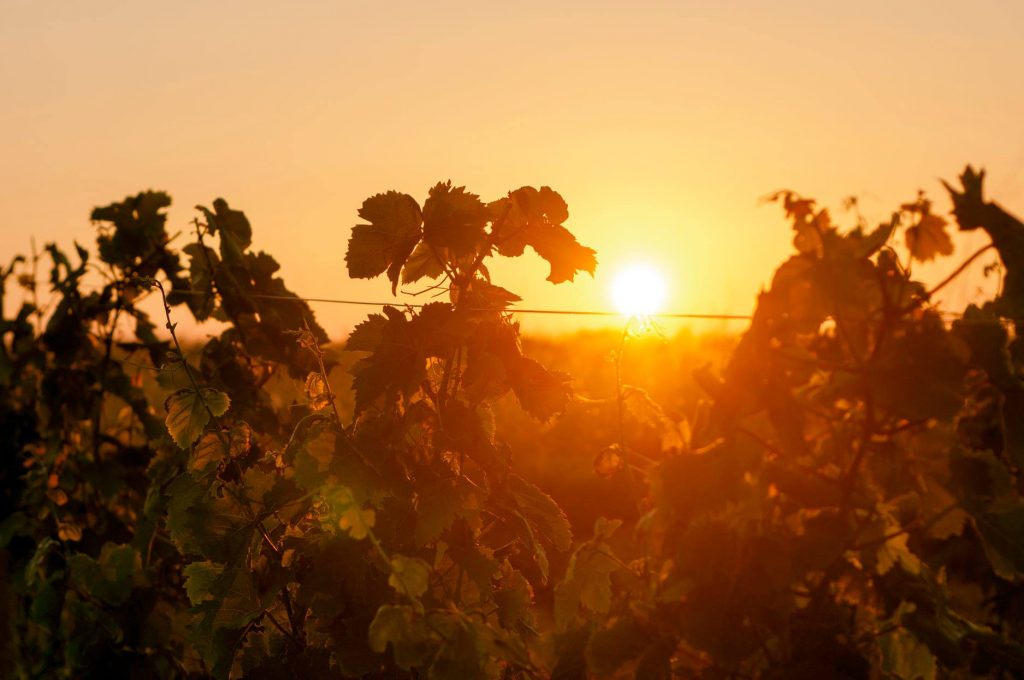
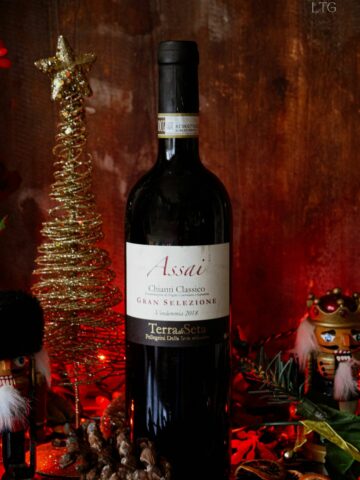
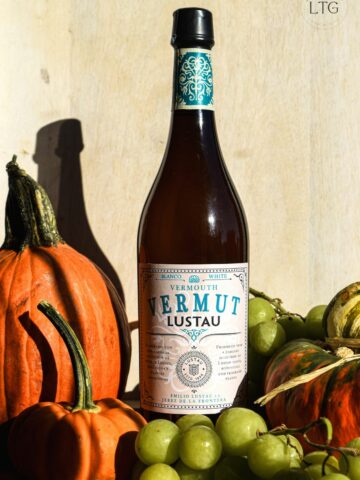
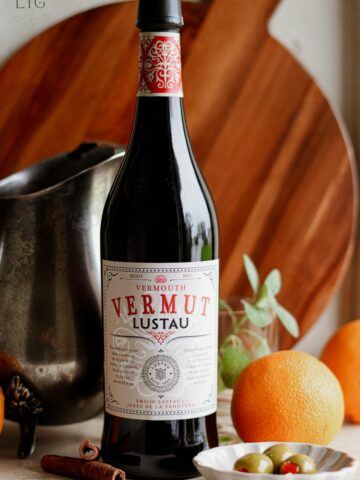

Stephanie says
I didn't know there were so many similarities between Sicily and Spain when it comes to their wine. Pinot Grigio is my husband's favorite, I'll have to see if he's had this one before.
Luna S says
This is a very detailed and interesting post to read, I enjoyed how you put this together! I hope to visit Sicily some day.
Rhian Westbury says
I don't know much about wine as I'm not a wine drinker, but these look like nice bottles x
MELANIE EDJOURIAN says
I do like to drink wine once in a while. It helps to know what wines compliment different foods. I'd definitely try them all.
Melissa Dixon says
I have yet to try a wine that was made with organic grapes but have heard a lot of great things. I need to try this one.
Melanie williams says
Ooo I do like a glass of vino or two. I also like to choose my wine carefully and always pair up with my food x
Melissa Cushing says
I have not heard of these wines before but they must delicious since they are from Sicily 😉 I would love to try!
Yeah Lifestyle says
I love Sicily and since I am unable to travel in person, drinking the wine is the next best thing. Will be looking out for Vento's Pinot Grigio
Jupiter Hadley says
Oh wow it is so interesting to hear about these wines and where they are from.